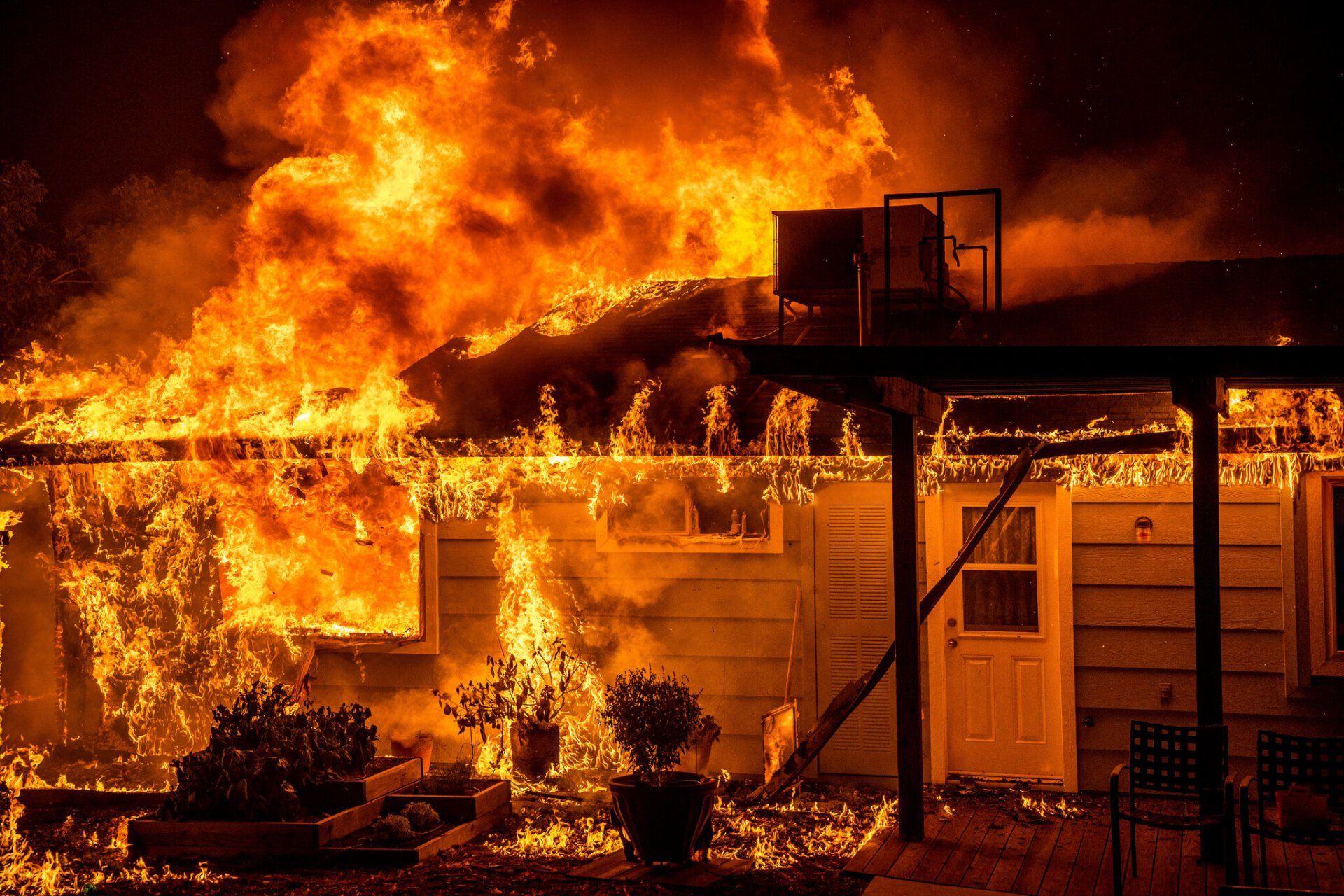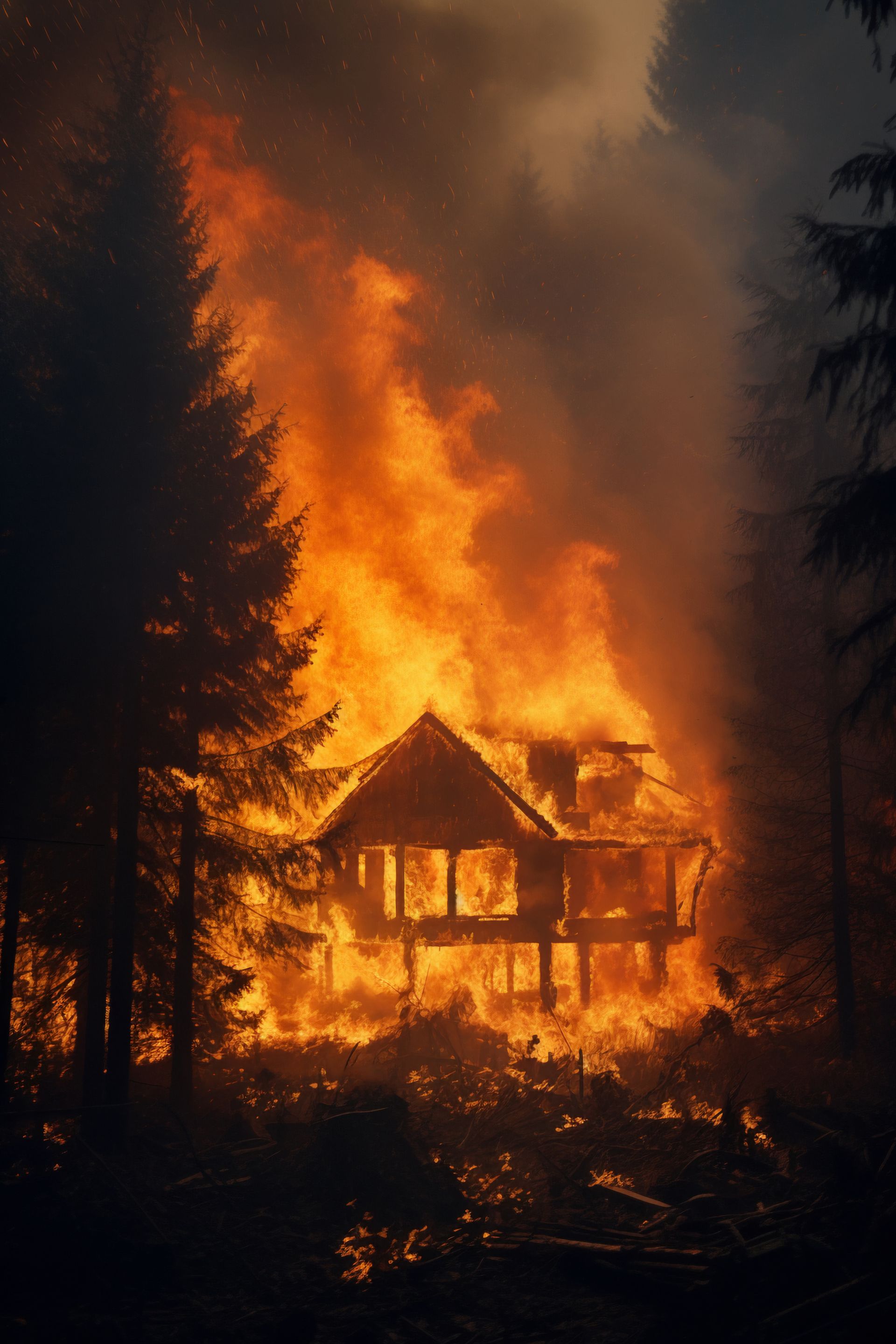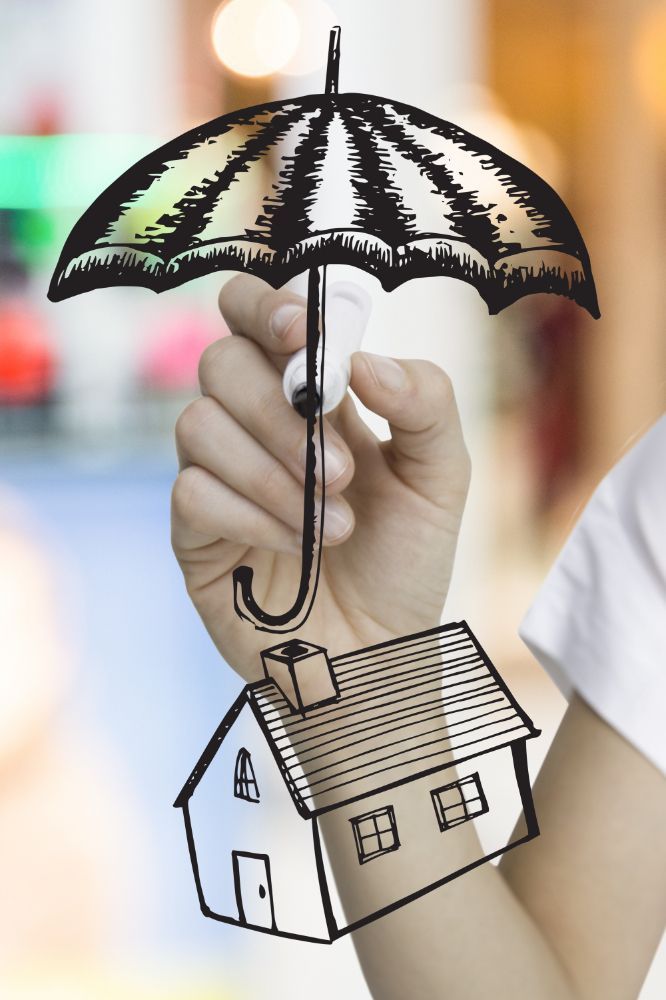Christmas Tree Fires: How to Reduce Your Risk
Christmas Tree Fires: How to Reduce Your Risk
-Naples, FL

Christmas is just a few weeks away, and while this will be a holiday season to remember, some traditions will endure. Many people enjoy traditions such as putting up and decorating a Christmas tree. Christmas trees can provide instant holiday cheer, but they can also pose a fire risk.
What is the ultimate source of these Christmas tree fires? The top culprits are electrical distribution or lighting equipment, as well as some type of heat source (such as a candle) that is too close to the tree. Consider the following tips to reduce the chances of a Christmas tree fire in your home.
Replace artificial trees to maintain fire retardant
When it comes to fire, real trees are more dangerous, but artificial trees are also at risk. Even flame-resistant artificial trees can be a fire hazard depending on their age, as the flame retardant can wear off over time. Did you know that an artificial Christmas tree has a six-year average useful lifespan? Examine the lifespan of your tree and follow the guidelines.
When buying a new artificial tree, make sure it has a flame-retardant compound.
Don’t leave lights plugged in
The majority of homes keep their Christmas trees in their living rooms. Guess what's left unattended and plugged into the wall when everyone goes to bed? The lights on your Christmas tree! Just as you would turn off the kitchen light before going to bed, you should do the same with the tree. As a result of the tree lights, even an artificial tree can catch fire.
Christmas lights can become extremely hot and, in some cases, start fires. Even common LED lights can overheat.
Avoid using extension cords
Extension cords are not meant to be used for extended periods of time.
It is not safe to use an extension cord to light your Christmas tree. Excessive use of extension cords can cause them to overheat, increasing the risk of a fire. Another risk to be aware of is overloading extension cords or outlets. Instead of using one or more extension cords, a power strip is preferable. Power strips are intended to support multiple appliances, such as light strings or Christmas decorations.
Using a protected GFCI (Ground Fault Circuit Interrupter) circuit and inspecting all cords on your Christmas tree lights and any power strips for physical signs of wear and tear are also good ideas.
Inspect pre-lit artificial trees each year
Pre-lit artificial trees can cause electrical shock and fire hazards due to exposed wiring, too short wiring, or cords that aren't completely plugged in. The convenience of these trees is difficult to match. Pre-lit trees are great for a "set it and forget it" approach to lighting your tree, but they can also pose a significant fire risk. The cords and wiring, like any other electrical cord, wear out over time. The issue is that you can't see the wires because they're hidden in the tree. Take a flashlight to your tree every year and inspect every inch of cord that you see. Any physical damage is a sign that the tree should be discarded.
Check water levels daily for real trees
Real trees pose a significant fire risk. They are not flame-resistant and can catch fire in a matter of seconds. A dried-out tree is one of the most common causes of real tree fires. Check the water level on a daily basis and provide one quart of water for every inch of stem diameter.
Keep in mind that purchasing your tree too early can increase the risk of a fire because it has to be kept alive and well for a longer period of time, which could increase the risk of a fire in your home.
If your home has been damaged by a fire, whether it was holiday-related or not. Allow All Service Adjusting to assist you in the insurance claims process for your fire-damaged home.













